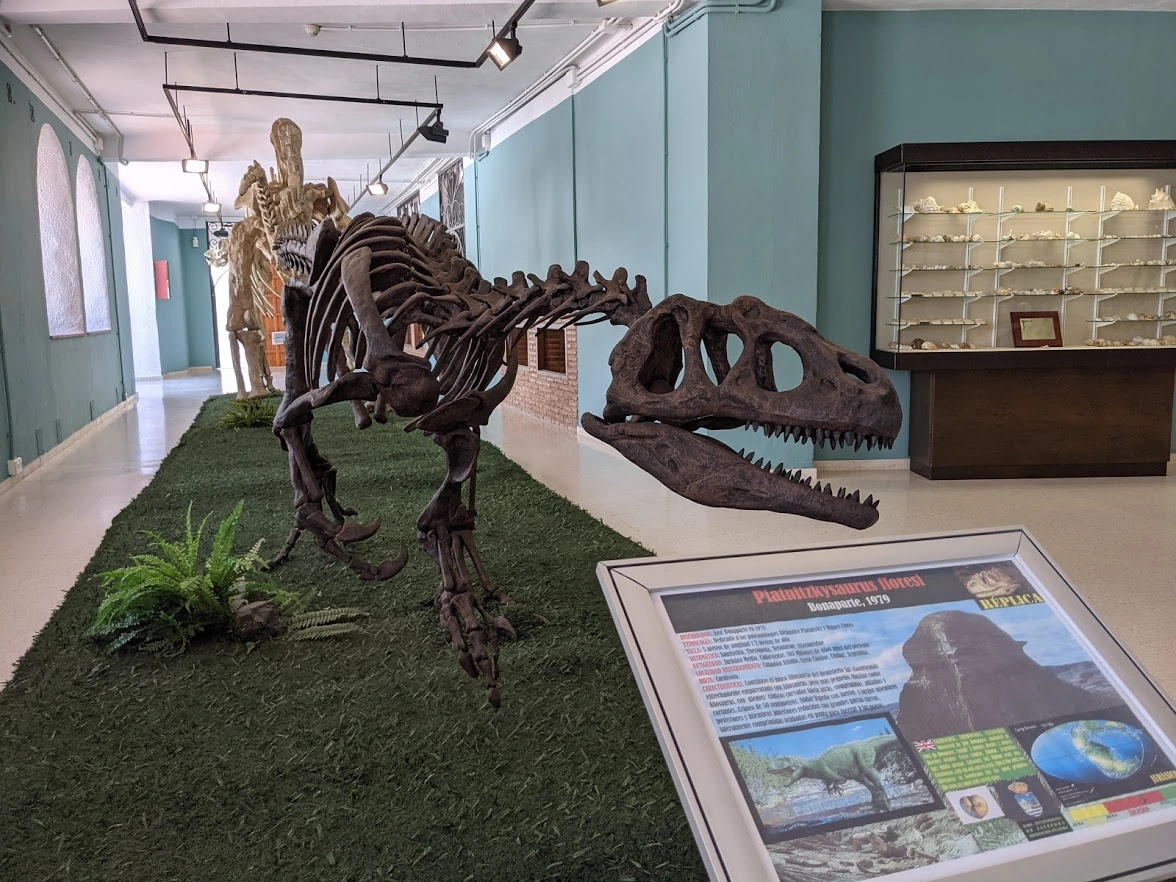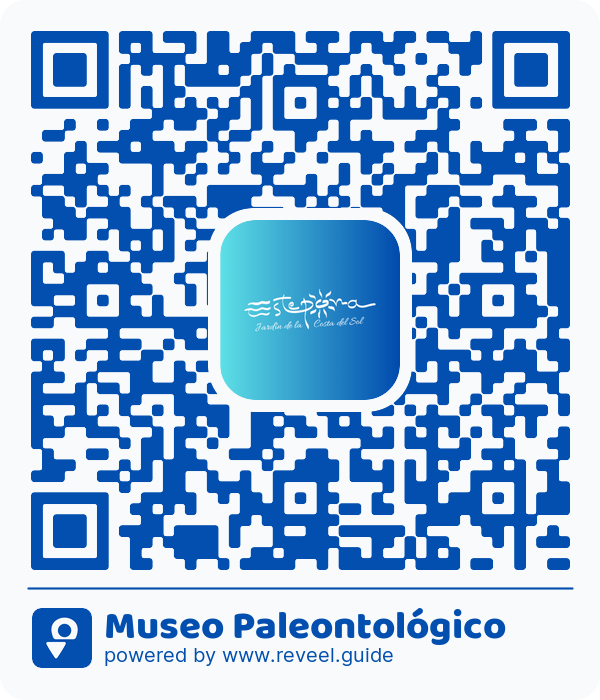
Museo Paleontológico

Museo Paleontológico
The Paleontological Museum of Estepona was inaugurated in 2000 being a reference in the recognition of the Andalusian paleontological heritage. Currently we can see in its rooms an important collection of dinosaurs, these are replicas of skeletons of the extinct Patagonian reptiles excavated and deposited in the MEF (Paleontological Museum Egidio Feruglio) in Trelew, (Argentina). The museum exhibits a sample of original fossils from the different geological eras represented in Andalusia along with some specimens from other locations in Spain, we highlight the collections of:
- Pliocene marine mollusks from the Malaga and Estepona basins (5 to 3 million years old).
- A coral reef from the Upper Triassic, (Rhaetian, 210 million years old) with fossils of the mollusc Rhaetavicula contorta best preserved in Spain. They are the oldest fossils discovered in Estepona, including corals, mollusks, sponges and stromatolites.
- A selection of fossils that offer a paleontological sequence from the Lower Cambrian (Trilobites from the Sierra Norte de Sevilla), the Mesozoic era (ammonites and belemnites from Casares and Sevilla) and the Cenozoic era, up to the Holocene, with a collection of current marine mollusks from all over the world.
- A sample of rocks and minerals of the environment with special attention to the uniqueness of Sierra Bermeja.

